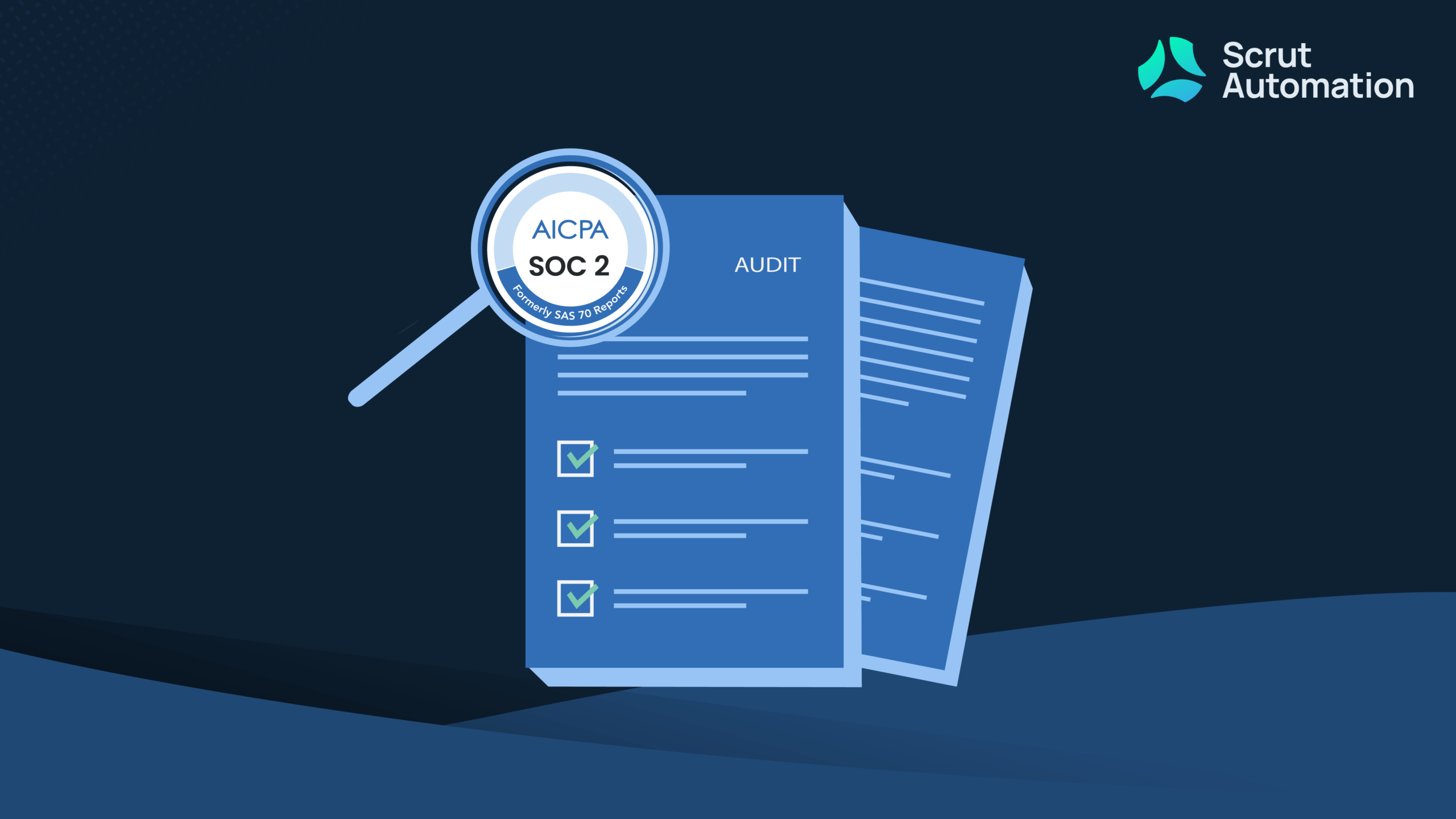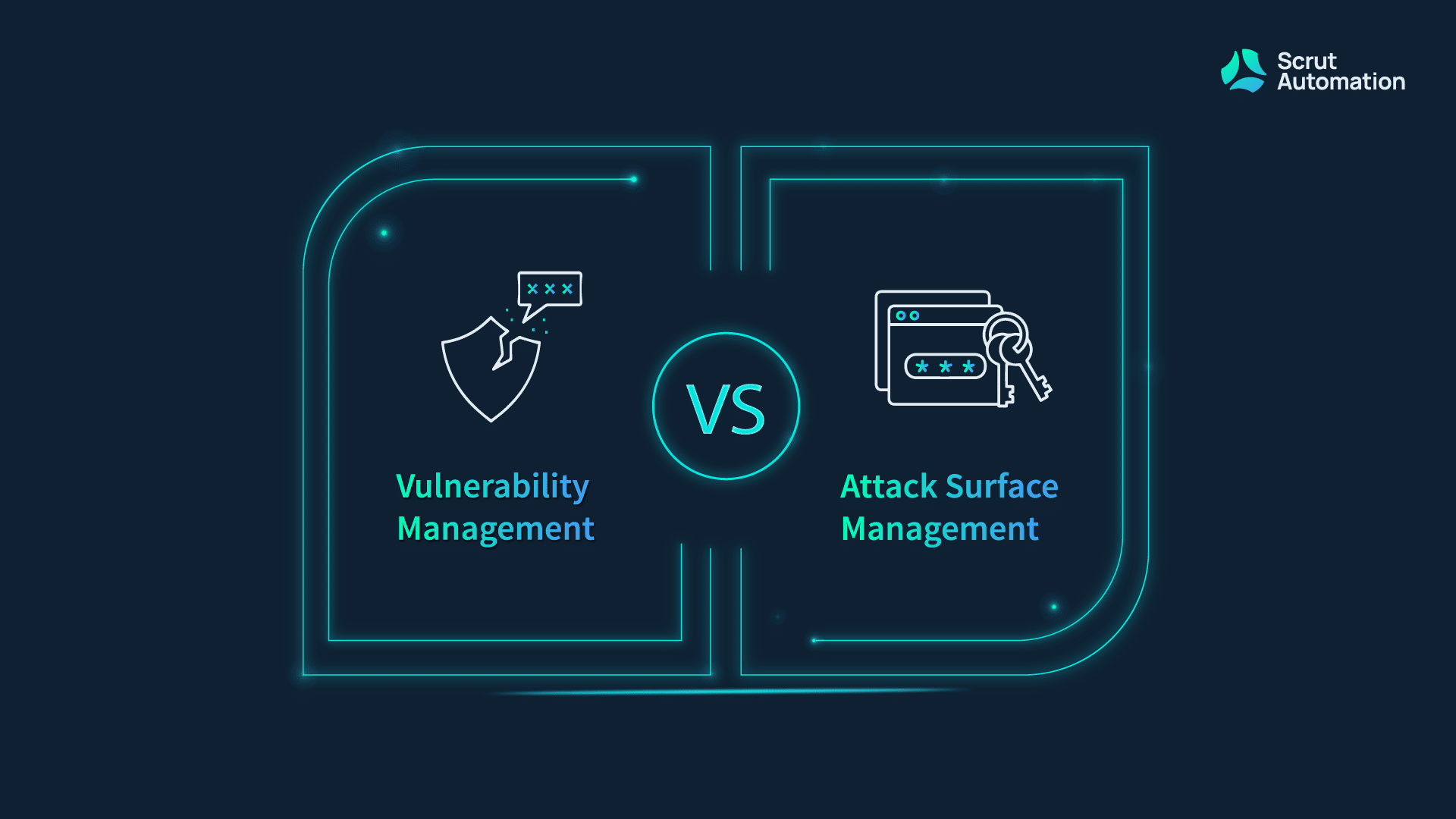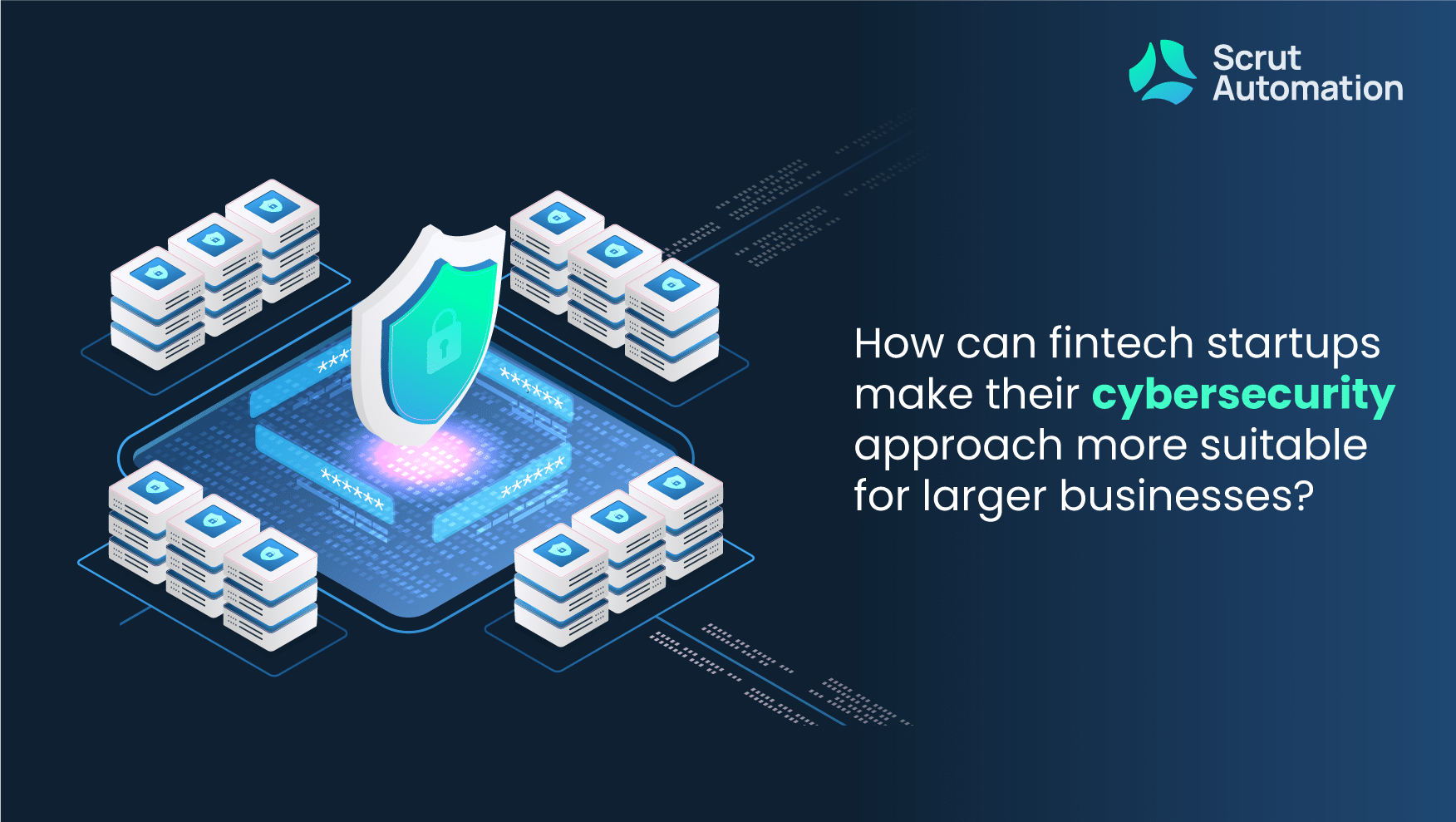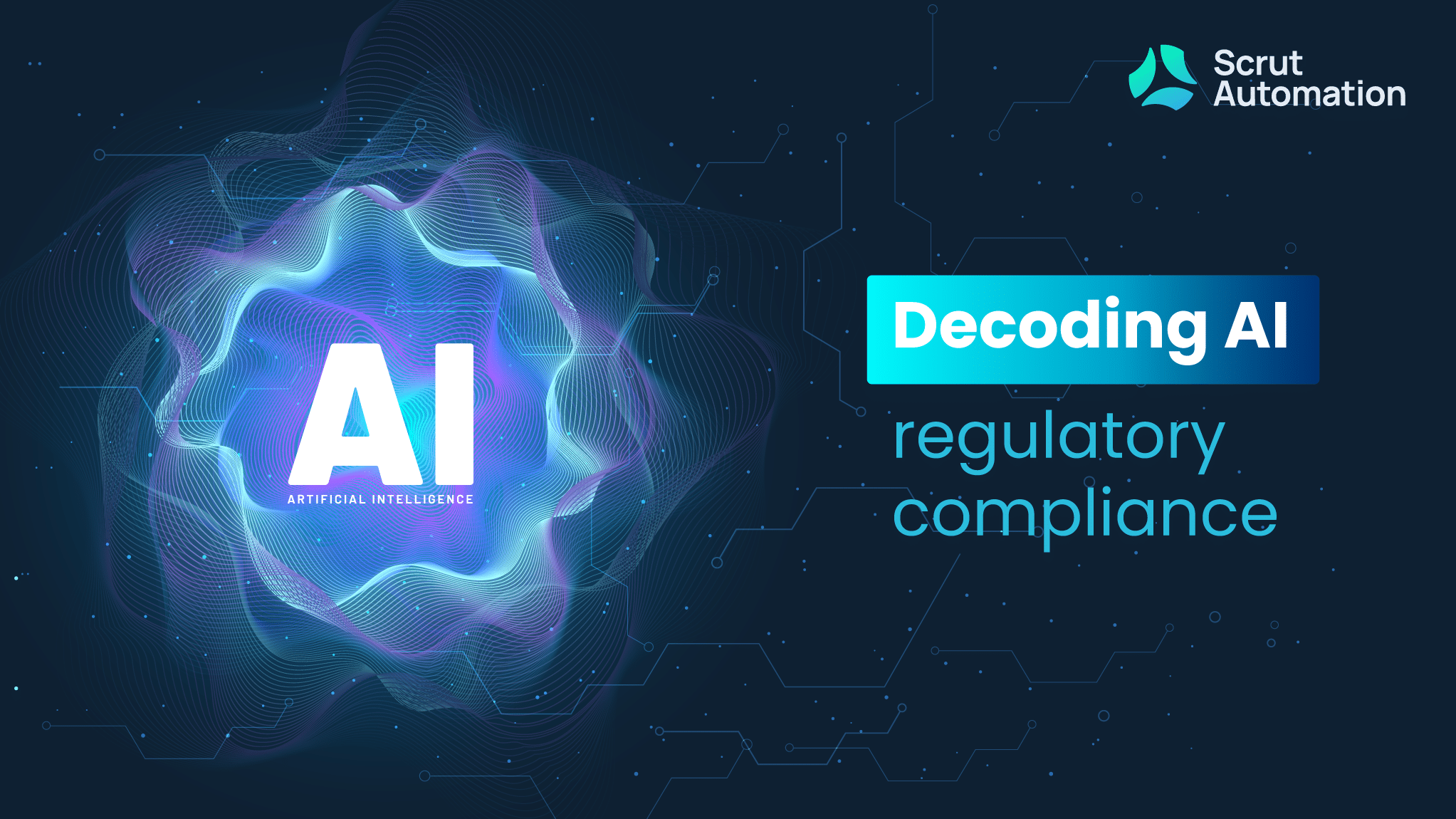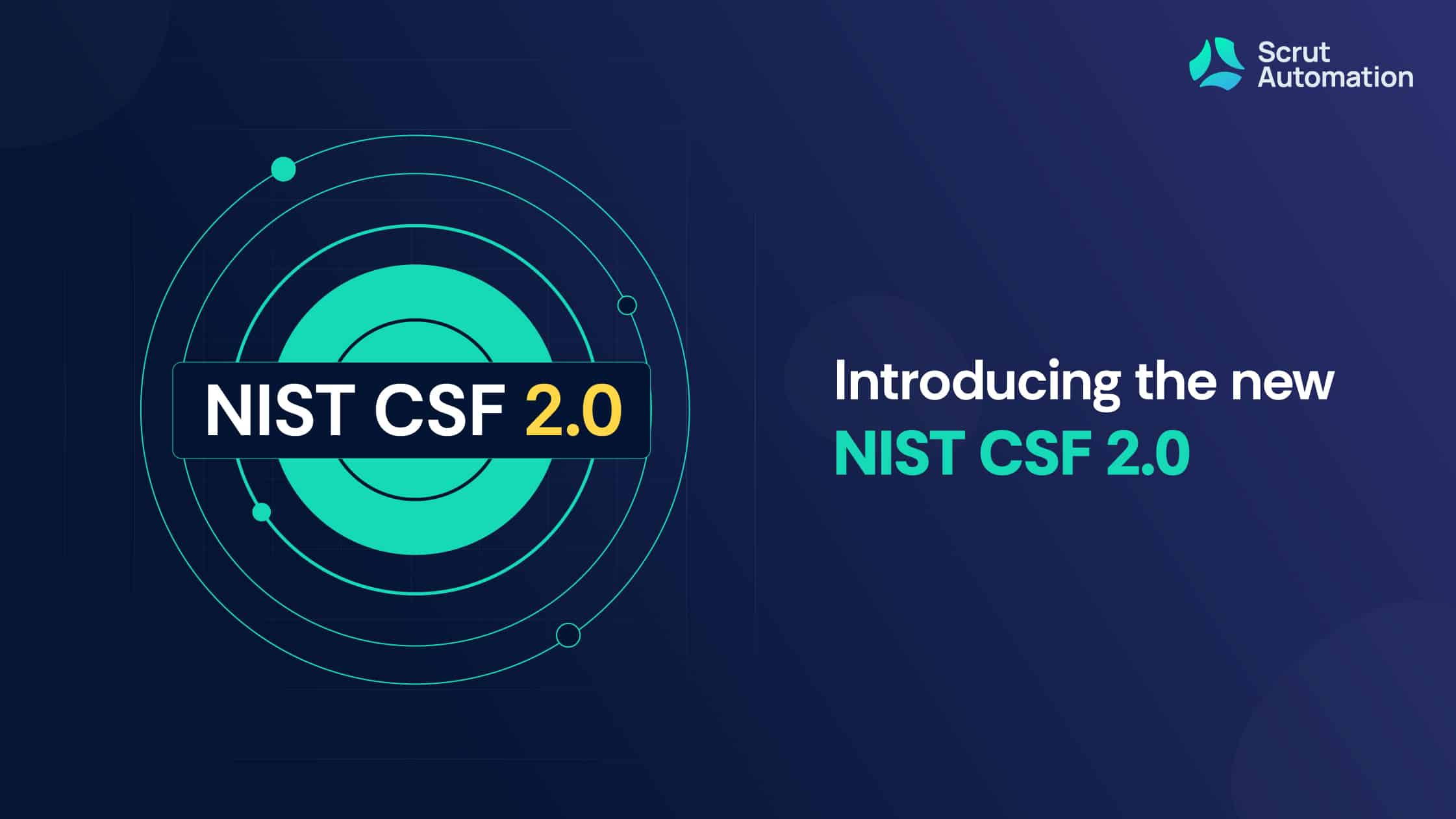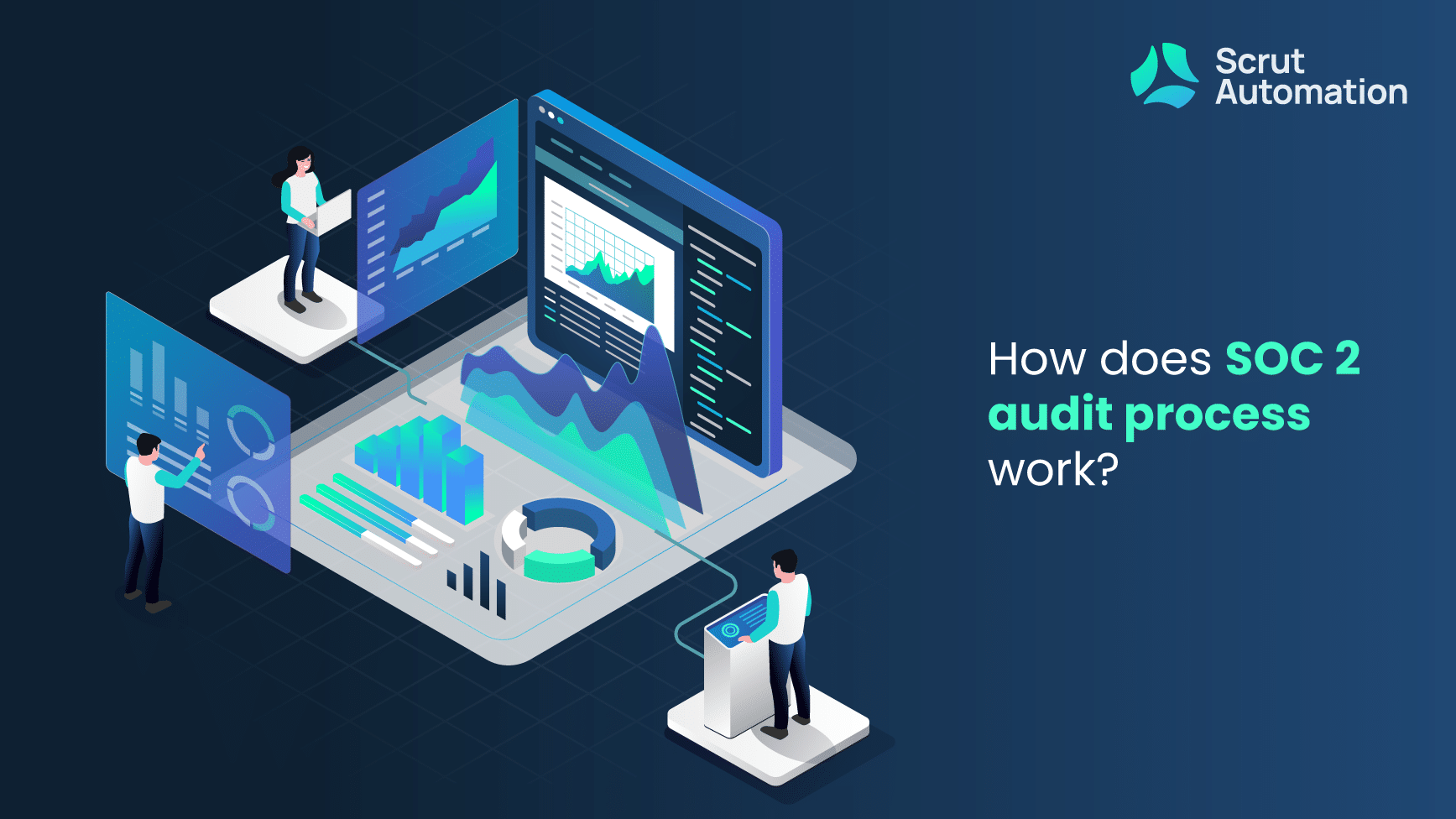Is your organization planning to get a SOC 2 report for the first time? Or has your organization performed SOC 2 audits but the results didn’t reflect your business’s overall quality? In either of these cases; what your organization primarily needs is to follow a well-structured SOC 2 certification process. In order to have a seamless SOC 2 audit process, here are the steps that every organization must follow.
Step 1: Choose your SOC 2 report type
Before selecting a CPA or an independent auditor, be clear about what type of SOC 2 report your organization needs.
SOC 2 Type I reports address the company’s security design at a specific time and enable the potential customers and partners to assess if the organization can meet specific trust principles.
It helps in knowing if the company’s security measures are in place, and it comes in handy when companies need a report as soon as possible. Type 1 audit is less expensive as it significantly requires fewer data and audit hours to assess the data to determine the compliance posture of a service organization.
SOC 2 Type 2 is a Type I report on steroids, which means that it has all the stuff covered under a Type I report and more. The Type II audit report also provides a clear description of the evidence for the efficacy of the organization’s policies, controls, and opinions with respect to the effectiveness of these controls for a specified period of time.
The Type II audit report provides a higher level of assurance of the organization’s data security and control systems. This report is based on the company’s chosen Trust Service Criteria (TSC). A Type 2 audit is more time-consuming than a Type I audit. But with no doubt and surprise, Type 2 is considered the best as it’s a significant investment in terms of money.
In a nutshell, A Type 1 report typically describes if the system controls are designed correctly, whereas a Type 2 report describes if those controls function as intended.
Step 2: Define the scope of the audit
Plan and strategize to define the scope of the audit. People, location, policies, and procedures, as well as the technology stack you use, can impact the security of sensitive data. Determine which of the 5 Trust Service Criteria (TSC) – Security, Availability, Processing integrity, Confidentiality, and Privacy to include.
Here are a few questions you can ask yourself while defining the scope of the SOC 2 audit:
- Do I need a SOC 2 report for the entire organization or only specific services?
- Does the organization need all the 5 TSCs or only specific criteria?
- Which report type to choose: SOC 2 Type 1 or SOC 2 Type 2?
- Which systems and processes support the selected TSC?
- Will the auditor assess the TSC selected?
- Which contractors will not affect the customer data security?
Step 3: Conduct a Gap assessment
Once all your systems, controls, and documents like spreadsheets and screenshots are in place, compare them with SOC 2 standard requirements.
A SOC 2 gap analysis is an excellent way of uncovering shortcomings you may have missed while defining the scope of the audit. A gap assessment will help you tackle your implementation task list more efficiently, quickly prepare for the audit, and ensure the highest quality of control implementation.
Step 4: Readiness assessment
Imagine the feeling of failing the final audit after spending months and thousands of dollars. That ought to be tough, right? Luckily you can prevent it with a readiness assessment. This assessment helps your organization in ensuring the controls work as intended. It reduces the risk, closes the gaps, and helps you get your organization final audit-ready.
A few organizations conduct self-readiness assessments internally, while others hire a consultant for the same. During the readiness assessment, the CPA will perform its own gap analysis and give you recommendations. The CPA will also help you understand the Trust Service Criteria (TSC) and help you answer your clients’ questions like:
- How is my system protected against attacks? (Security TSC)
- How will I know when to make sensitive information/IT infrastructure from the system available? (Availability TSC)
- Will the system work the way it needs to? (Processing integrity TSC)
- How do you assure if the system keeps private information safe? (Privacy TSC)
- When information is shared across, what keeps the exchange secure? (Confidentiality TSC)
Step 5: Select the right auditor
The most challenging but equally critical step is finding the right auditor. Select an auditor or an auditing firm with experience in conducting audits in a similar business to yours for a smooth process.
Here are a few qualities you should look for while choosing an auditor:
- Reputation
- Experience
- Knowledge of your tech stack
- Communication style
- Price
- Approach
- Team availability and escalation SLA
Step 6: Begin the formal audit
Before the start of the final audit, the auditor will walk your team through the audit process. The auditor can also spend a few weeks to a few months with your team to understand your systems controls, procedures, and policies before producing a final SOC 2 report.
Below is the process the auditor will follow before starting the final audit process:
1. Asks security questions
The auditor will question the organization’s policies, processes, IT infrastructure, and controls. It will be helpful to involve employees with expert knowledge about your organization’s infosec posture in the questioning.
2. Gathers evidence
Following the security questionnaire, the auditor will gather evidence and documentation about your SOC 2 controls. The organization must be ready with all the proofs of the security policies and internal controls to submit to the auditor to understand how your system’s controls should work.
3. Evaluate
The next step is getting in touch with the owners of each process to walk through the business processes and security practices. The auditor does this to understand them for evaluation better and to get a certain level of confidence if employees are aware of the security-related controls implemented.
4. Follow up
Despite the readiness assessment done before, the auditor might find areas where they need more evidence on processes or controls that may require additional documentation. During this process, if the auditor finds any gaps, it’s time to remediate them.
5. Completed SOC 2 report
At the end of the audit, you will receive a SOC 2 audit report outlining the results. It includes a description of the audit scope, test results, remediation requirements, and a list of any security issues uncovered during the audit, along with management assertion, which allows your organization to make claims about their systems and controls.
An unqualified report means that you cleared your audit. That means the controls your auditor tested were designed and operating exactly as they should be.
In comparison, a qualified report means that you failed your audit. That means the controls your auditor tested weren’t designed or operating as required.
How often are SOC 2 audits performed?
A SOC 2 report is valid for 6-12 months from its issued date. For instance:
- If the audit period is 1 Jan 2021 – 30 June 2021, the organization must prepare to renew it after these 6 months.
- If the audit period is 1 July 2020 – 30 June 2021, the organization must prepare to renew it after these 12 months.
Any SOC 2 report older than 6-12 months becomes less valuable to potential prospects and customers. That’s simply because customers want to know how your organization’s security controls are performing in the present moment, not a year or two ago. Choosing to conduct a SOC 2 audit every 12 months allows your organization to:
- Have operational annual controls
- Finish employee performance
- Increase customer trust and boost sales
Start your compliance process with us!
Scrut Automation is an innovative and radically simple governance, risk, and compliance automation platform for growing startups and mid-market enterprises. With Scrut, Compliance teams can reduce ~70% of their manual effort in continuously maintaining compliance towards SOC 2, ISO 27001, GDPR, PCI DSS, HIPAA, and CCPA. Schedule your demo today to see how it works.
